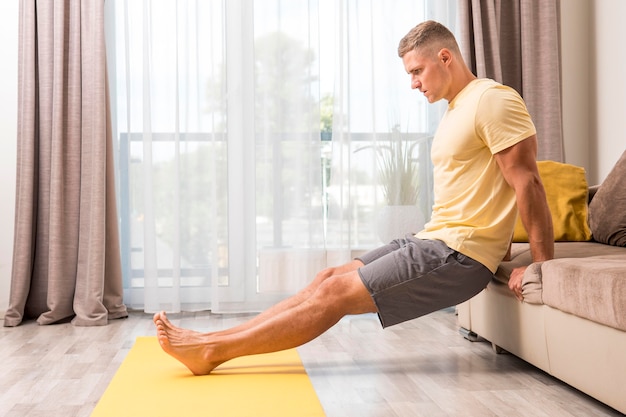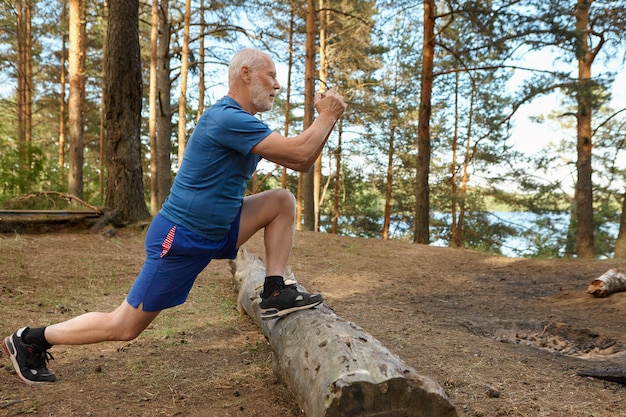Walking is one of the most accessible and effective forms of physical activity—especially for those managing knee pain. Yet, starting and sticking to a routine can feel overwhelming. The good news? Just 35 minutes a day can make a meaningful difference in your joint health, mood, energy levels, and overall well-being. This guide offers science-backed strategies, simple daily habits, and short routines designed specifically for people with knee discomfort.
While health organizations often recommend 150 minutes of moderate aerobic activity per week, breaking that into five 35-minute walks is both achievable and effective. Research shows that consistent, low-impact movement like walking improves circulation, strengthens supporting muscles around the knee, and reduces joint stiffness—all without overloading sensitive joints.
A study published in Arthritis Care & Research found that even short, frequent walks reduced pain and improved function in adults with osteoarthritis. The key is consistency, not intensity.

If 35 minutes feels like too much at first, begin with 5–10 minutes. The goal is to build a habit, not push through pain. According to behavioral science, small, repeated actions are more likely to become automatic. Try anchoring your walk to an existing routine—like after breakfast or during a lunch break.
Gradually increase your time by 2–3 minutes each week. Within a month, most people can comfortably reach the 35-minute mark without strain.
Walking shouldn’t hurt. If you experience knee pain, consider these evidence-based adjustments:
Success isn’t just about walking—it’s about creating an environment where movement thrives. Try these simple, science-backed habits:

Here’s a balanced, low-impact structure you can follow:
Repeat this 5 days a week for optimal results. On rest days, consider light activities like stretching or water walking to maintain mobility.
Walking in green spaces—like parks or tree-lined paths—has been shown to reduce stress and enhance mood more than urban walking. A 30-minute nature walk can lower cortisol levels and improve mental clarity.
Try adding mindfulness to your walk: focus on your breath, the rhythm of your steps, or the sounds around you. This not only enhances mental well-being but also encourages you to walk more attentively, reducing strain on your knees.
While walking is generally safe, persistent or worsening knee pain should be evaluated by a healthcare provider. Physical therapy, targeted exercises, or assistive devices may be recommended based on individual needs.
Remember: walking is a tool for long-term health, not a race. Celebrate small wins—like completing your third walk of the week or noticing less stiffness in the morning.
Starting a walking routine doesn’t require special equipment or intense effort. With just 35 minutes a day, smart modifications, and consistent habits, you can improve joint function, boost your mood, and build lasting fitness—even with knee pain. Start where you are, move with intention, and let each step lead you toward better health.

Health

Health

Health

Health

Fitness

Wellness

Wellness

Wellness

Wellness

Fitness

Fitness

Health

Health

Fitness

Health

Health